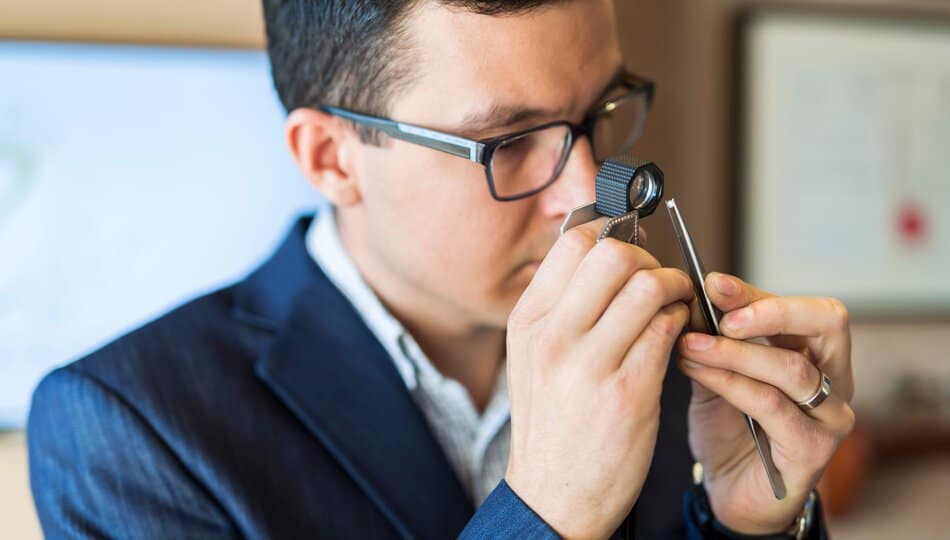
If you’re shopping for diamonds, you may have heard about laboratory-grown diamonds. Compared to natural diamonds, there are a few key differences you may want to know about the two. Let’s take a closer look at how they differ and more.
The development of laboratory-grown diamonds vs. natural grown
A laboratory-grown diamond is exactly as its name states: grown in a lab, in contrast to being formed in the earth, as are natural diamonds. The main difference between laboratory grown and natural diamonds is the process of developing them and the time needed for them to form. Natural diamonds may take up to a few billion years to form and come to the surface, whereas laboratory-grown diamonds can take just a few weeks.
The technology used to develop laboratory-grown diamonds makes them optically, chemically, and physically the same as natural diamonds. This technology can recreate the conditions needed for diamonds to be formed in the earth. Incredible pressure and heat are required for this process, requiring much energy. Natural diamonds are rare, which is one of the reasons why diamonds are sought-after by many. Today, technology allows us to recreate this natural process in a lab.
Are laboratory-grown diamonds actual diamonds?
When considering a laboratory-grown diamond, many people wonder if they are “actual diamonds.” The answer is yes; they are actual diamonds. A diamond is considered a mineral consisting essentially of pure carbon. (FTC Guideline 23.12) Because laboratory-grown diamonds fit this description, along with a few other important requirements, they can be considered diamonds. Disclosure of the fact that they have been created in a lab is important. When looking for a diamond, shop with a knowledgeable jeweler, such as an American Gem Society (AGS) jeweler.
Can you tell the difference between natural and laboratory-grown diamonds?
Laboratory-grown diamonds offer the same beauty as natural diamonds and, like their natural counterpart, can be created with a variety of fancy diamond options—that is, colored diamonds.
A trained gemologist may be able to tell the difference between laboratory-grown diamonds and natural. Often, advanced testing processes must be used to make a definite determination. If there is a question about whether a diamond is natural or laboratory grown, it is best to consult an AGS jeweler who can assist with options to help with that determination.
Find an AGS Jeweler.
When shopping for diamonds, there is much to consider, and various questions may arise. An AGS jeweler can help you find the right option. Use our Find a Jeweler tool to find an AGS jeweler near you.